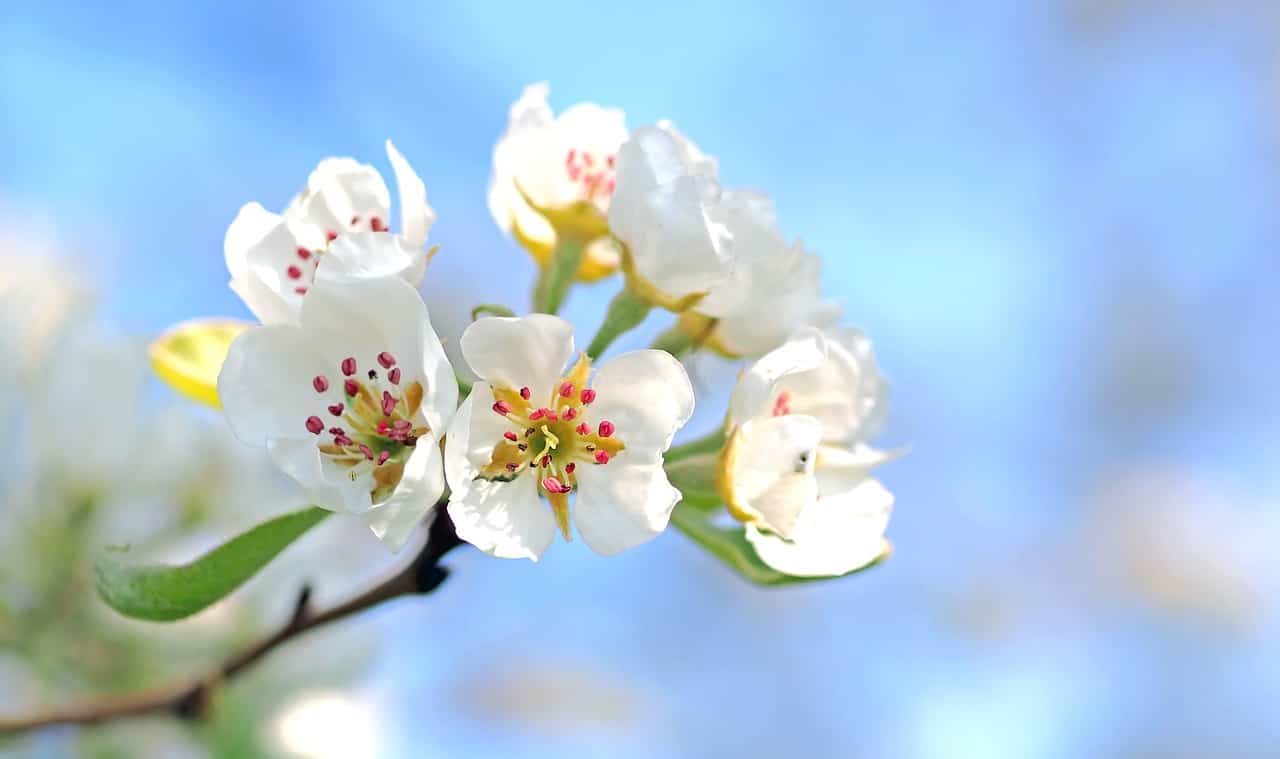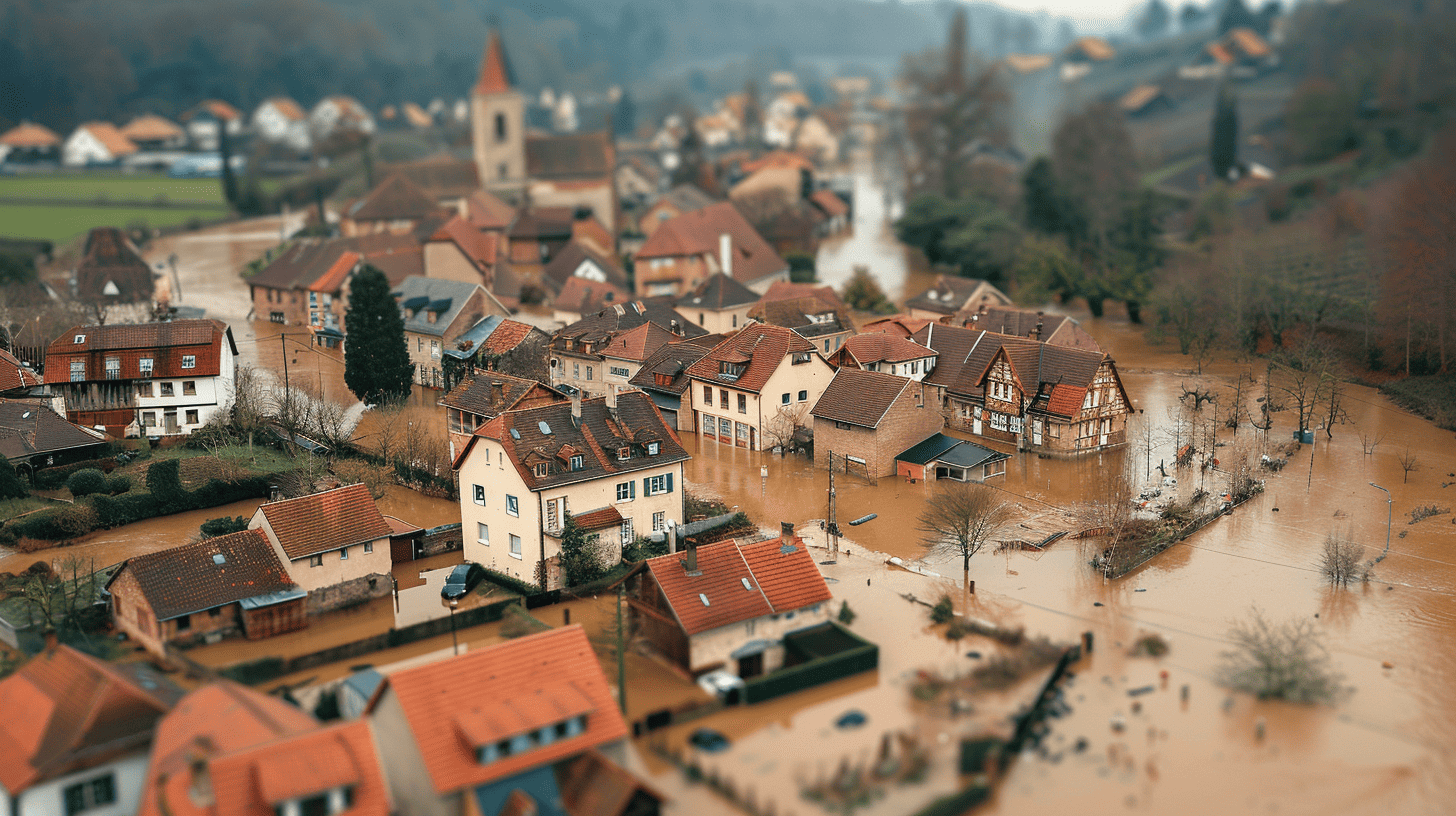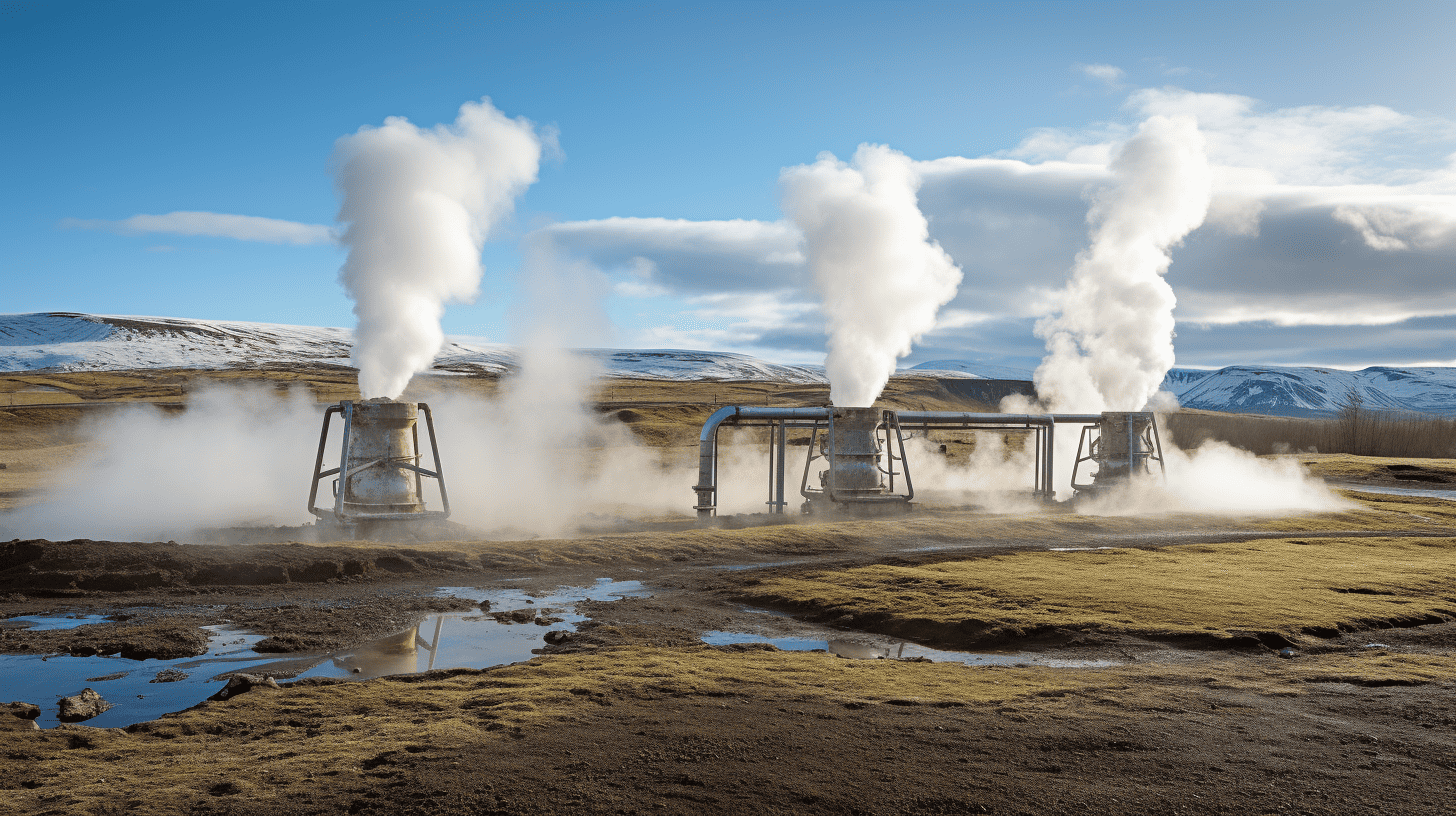
February is not over yet, but it is already certain that this month will be the warmest February on record. The average temperature in De Bilt is expected to be between 8.1 and 8.3 degrees, which is about 4 degrees higher than normal.
Why you need to know this:
Climate change is causing temperatures to rise, affecting nature. Innovations can help nature.
The climate issue requires urgent action. The Netherlands Environmental Assessment Agency (PBL) and other knowledge institutes warn that the Netherlands will not meet the 2030 and 2035 targets if policies do not change drastically. The researchers recommend sharper choices and a better division of tasks between the provinces and the national government to implement effective policy.
Flowering too early
Higher temperatures can cause problems in the Netherlands. Think for example of premature flowering. This is especially a problem when unexpected frosts occur. This frost can damage young blossoms, resulting in reduced harvests for agricultural crops and fruit trees. This can cause economic losses for farmers and disrupt ecosystems by disrupting pollinating insects and food chains.

Reprogramming fruit trees
Dutch students from Wageningen University are offering hope with a revolutionary innovation for fruit trees. This pill protects trees from frost damage, which can cost up to 90% of the crop. Here’s how it works: The students have developed a unique method of ‘reprogramming’ fruit trees. By using genetically modified bacteria, they can delay the flowering process, reducing the likelihood of frost damage.
Night frost fan
A second innovation from Dutch soil is the night frost fan by Zinger Mechanisatie, a supplier of agricultural machinery. This fan can protect an area of 3 hectares of fruit from frost. Fruit growers experience night frost concerns every year and traditionally opt for sprinkling to prevent frost damage, but this comes with costs and risks such as fertiliser leaching. The ZIBO Night Frost Fan, with a diameter of 2 metres and height of up to 10 metres, blows warmer air down at an angle to dissipate and mix cold to the ground.








